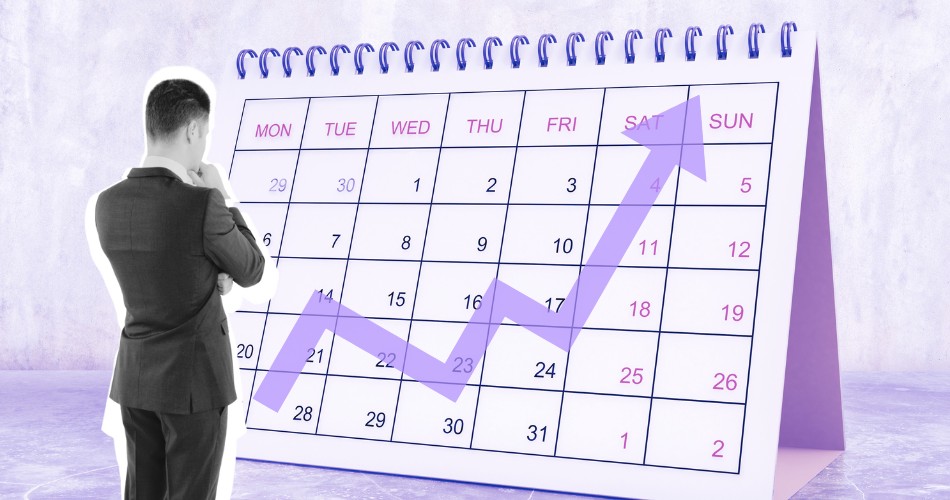
Every entrepreneur loves to celebrate their “best month ever.” Revenue pours in, sales feel effortless, and cash flow looks abundant. It’s the kind of month that makes you think, we’ve made it.
But here’s the trap I see again and again: business owners start making long-term commitments based on short-term peaks. They hire three new people because payroll looks easy that month. They lock in a long lease because cash flow seems endless. They double their ad spend, assuming sales will keep pace.
Then reality hits. The next few months don’t match that high-water mark. Suddenly, the business is strapped, stressed, and scrambling to cover obligations. That’s what I call the Highest Month Trap—building your future on an outlier instead of your baseline.
What the Data Really Shows
The danger isn’t risk-taking, but misalignment. Businesses don’t collapse because they lack credit or customers. They stumble because they make decisions using the wrong numbers.
- Seasonality matters. Data from BDC and SouthState Bank shows how revenue naturally fluctuates—holiday booms, seasonal surges, industry cycles. Treating a peak as your “new normal” creates a mismatch between cash inflow and fixed expenses .
- Access to affordable credit is a growing pain point. In June 2025, 81% of small-business applicants said they struggled to obtain affordable capital, and many delayed expansion as a result. Banks also reported tighter lending standards and weaker loan demand in early 2025. At the same time, the Fed’s latest Small Business Credit Survey shows loan applications and approvals are roughly stable year over year—so conditions vary by firm, industry, and balance sheet strength. Bottom line: affordability and underwriting have gotten tougher even if headline approval rates haven’t collapsed.
- Behavioral bias clouds judgment. Anchoring to a peak distorts decisions. That one “best month” becomes the mental benchmark, even if the average tells a different story .
This isn’t just a numbers game. It’s a certainty game. Entrepreneurs who mistake a spike for a system end up playing probabilities instead of designing for predictability.
Why Entrepreneurs Fall for It
It’s not because owners are reckless—it’s because peaks feel like proof. A record-breaking month convinces us we’ve cracked the code. The momentum makes expansion feel urgent, even rational.
The problem is, business cycles don’t run on adrenaline. They run on averages.
Think of it like surfing. You don’t buy a bigger board because you caught one giant wave; you choose based on the waves you’ll ride most often. The same applies in business: design for the baseline, not the outlier. That’s the essence of rigging the game in your favor.
How to Build Stability Instead of Chasing Highs
If your goal is financial certainty, not just short-lived growth, you have to break free from the Highest Month Trap. Here’s how:
- Run on rolling averages. Anchor major decisions to your 12-month average, not your single best month. That’s your true operating reality.
- Stress-test big moves. Before hiring or signing a lease, apply what I call the “six-month affordability rule”: could you sustain this decision if revenue dropped back to baseline for six straight months?
- Forecast cash flow. Use forward projections, as PNC recommends, to spot gaps before they hit. Certainty comes from predictability, not excitement .
- Treat peaks as bonus fuel. Use record months to pay down debt or build reserves—not inflate fixed costs.
- Scale gradually. If demand really is growing, test it with temporary hires, pilot campaigns, or flexible commitments.
These practices align with a core principle from Rigging the Game: create asymmetric advantage. The decisions that keep you solvent in a downturn also position you to seize opportunity in an upturn.
Conclusion
Your best month ever should be a celebration, not a blueprint. The entrepreneurs who win long-term aren’t the ones who gamble on spikes; they’re the ones who build stability into every decision.
Because in the end, success isn’t about chasing highs. It’s about engineering certainty you can rely on—month after month, year after year.
Sources
BDC
SouthState BankGoldman Sachs
Federal Reserve
Reuters





